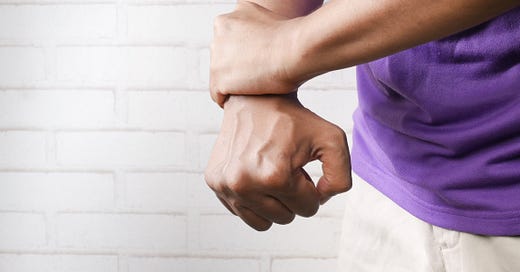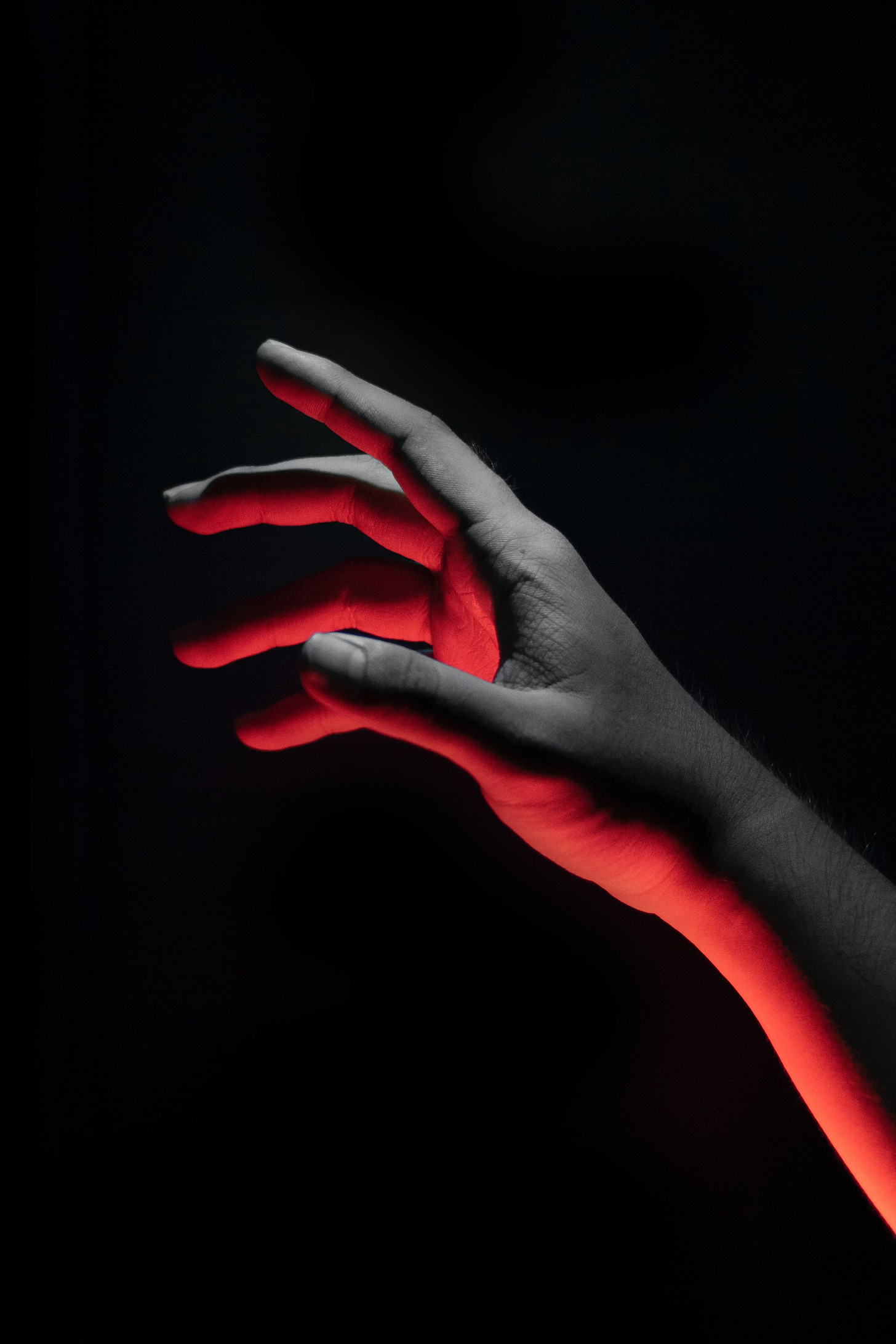Allodynia is a medical term used to describe a condition where a person experiences pain in response to a non-painful stimulus. This means that a stimulus that would normally not cause pain in a healthy person, such as a light touch, clothing or a gentle massage, can cause significant pain in individuals with allodynia.
Allodynia is a relatively common condition that affects millions of people worldwide. It can be caused by a wide range of underlying conditions, including neuropathic pain, migraine headaches, fibromyalgia, and postherpetic neuralgia. The condition can be debilitating, making it difficult for individuals to carry out their daily activities and interfere with their quality of life. Allodynia may not sound that severe but until you’ve experienced it you would never know just how debilitating it can be.
There are three main types of allodynia: tactile, mechanical, and thermal. Tactile allodynia occurs when a light touch or pressure on the skin causes pain, while mechanical allodynia results from movement or pressure on the skin, such as when wearing clothing. Thermal allodynia is triggered by exposure to temperature changes, such as from hot or cold temperatures.
The underlying causes behind allodynia are complex and not yet fully understood. However, it is thought to be the result of changes in the way that the nervous system responds to pain. These changes could be due to damage or dysfunction in the peripheral or central nervous system, or due to changes in the way that pain signals are processed in the brain.
Research shows that allodynia is associated with abnormal activity in the pain pathways of the nervous system. This could be due to changes in the levels of neurotransmitters, hormones, or other signaling molecules in the nervous system, which can lead to abnormal sensitivity to pain.
Individuals with allodynia may experience a range of symptoms, including burning or stinging pain, itching, tingling or numbness, hypersensitivity to touch or pressure, and a general sensitivity to pain. These symptoms can be severe and debilitating, and can significantly impact an individual's quality of life.
The diagnosis of allodynia is based on the presence of pain in response to a stimulus that is normally not painful. Other tests may also be conducted to rule out underlying neurological conditions, such as imaging or blood work.
Treatment of allodynia is focused on managing underlying conditions, reducing pain and improving the quality of life. Fortunately, there are several treatment options available that can help alleviate the symptoms of allodynia. In this blog post, we will discuss the various treatment options available for allodynia.
Medications- There are several medications that can be used to treat allodynia, including:
a. Tricyclic antidepressants (TCAs): TCAs can help reduce allodynia by blocking the reuptake of serotonin and norepinephrine in the brain. Examples of TCAs include amitriptyline, nortriptyline, and desipramine.
b. Anticonvulsants: Anticonvulsants such as gabapentin and pregabalin can help reduce allodynia by reducing the excitability of nerve cells in the brain and spinal cord.
c. Topical analgesics: Topical analgesics such as lidocaine and capsaicin can be applied directly to the affected area to help reduce allodynia.
d. Nonsteroidal anti-inflammatory drugs (NSAIDs) and Opiods: NSAIDs such as ibuprofen and naproxen can help reduce allodynia by reducing inflammation, and opioids such as Percocet are commonly prescribed medications for reducing pain and improving quality of life in people with allodynia.
Physical therapy- Physical therapy can help reduce allodynia by improving circulation, increasing range of motion, and reducing muscle tension. Techniques used in physical therapy for allodynia include massage, stretching, and exercise.
Acupuncture- Acupuncture involves inserting thin needles into specific pressure points on the body to help relieve pain. It has been shown to be effective in reducing allodynia.
Cognitive-behavioral therapy (CBT)- CBT is a form of therapy that helps to identify and focus changing negative thought patterns and behaviors that can contribute to the experience of pain, helping individuals develop more positive coping strategies. It has been shown to be effective in reducing allodynia.
Lifestyle changes- Making lifestyle changes such as eating a healthy diet, maintaining a regular exercise routine, reducing stress, and getting adequate sleep can all help reduce pain and improve the quality of life. Additionally, avoiding triggers that may worsen allodynia, such as cold temperatures or certain fabrics, can also be helpful.
Allodynia can be a challenging condition to manage, but there are several treatment options available. Medications such as TCAs, anticonvulsants, opiods and NSAIDs can help reduce allodynia, as can physical therapy, acupuncture, and CBT. Additionally, making lifestyle changes such as reducing stress and getting enough sleep can also be helpful. While there is no cure for allodynia, with appropriate treatment and lifestyle changes, it is possible to manage the symptoms and improve the quality of life. If you are experiencing symptoms of allodynia, talk to your healthcare provider to determine the best treatment plan for you.
References:
Allodynia: Causes, types, symptoms, and treatment. (2021). Medical News Today. https://www.medicalnewstoday.com/articles/320069
Treede, R. D., Rief, W., & Barke, A. (2019). Chronic pain as a symptom or a disease: the IASP Classification of Chronic Pain for the International Classification of Diseases (ICD-11). Pain, 160(Suppl 1), S1–S3. https://doi.org/10.1097/j.pain.0000000000001390
Wasan, A. D., & Loggia, M. L. (2021). Managing Chronic Pain in Patients with Chronic Kidney Disease. In Chronic Kidney Disease and Dialysis - Advances in Treatment and Management (pp. 211–225). IntechOpen. https://doi.org/10.5772/intechopen.94735






Yes the pain meds have helped with this a bit..it’s hard for others to understand. I’m glad there’s a community of people here that do. Thank you